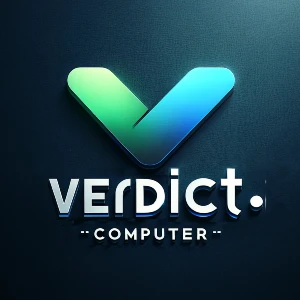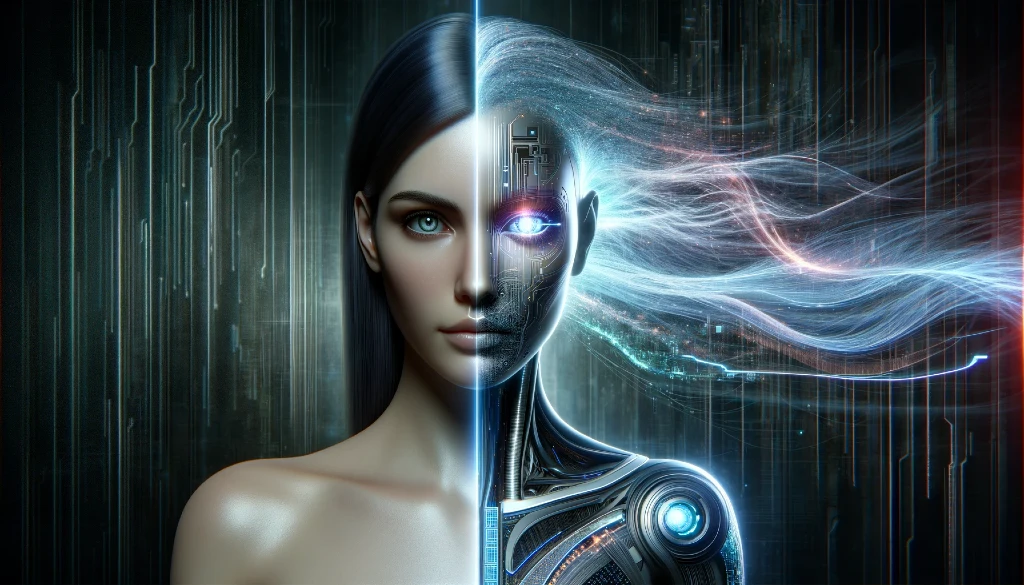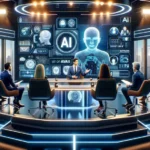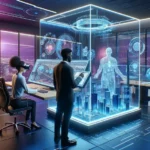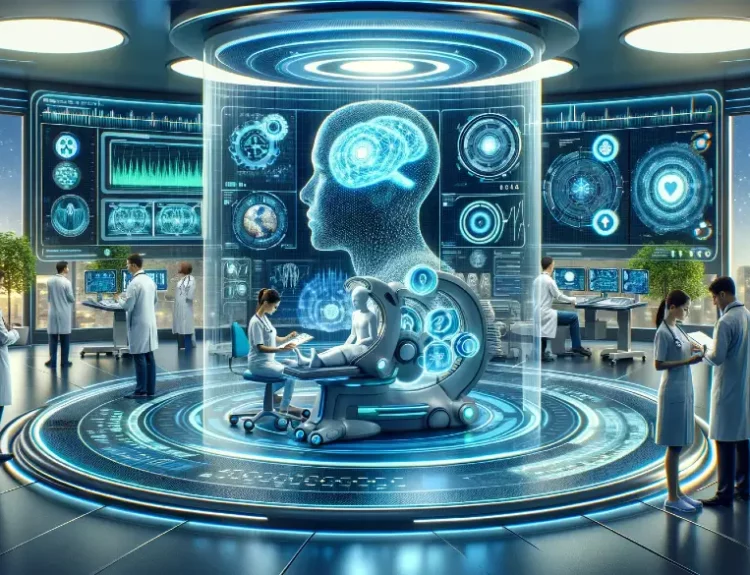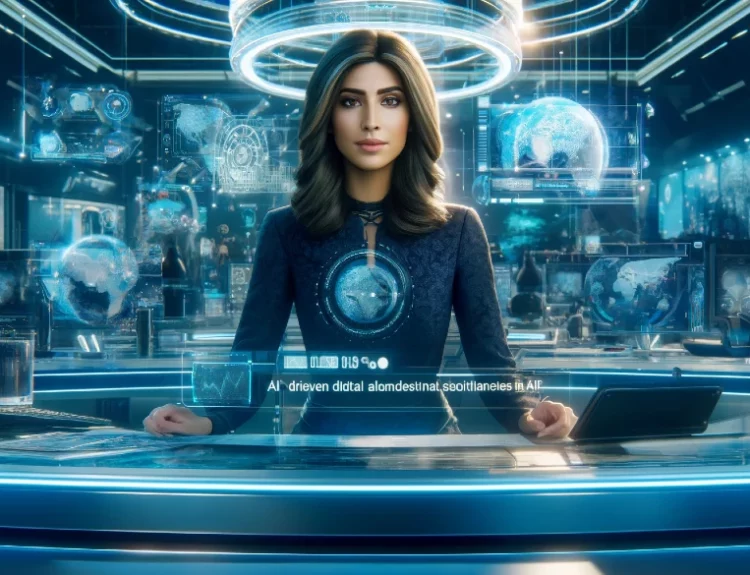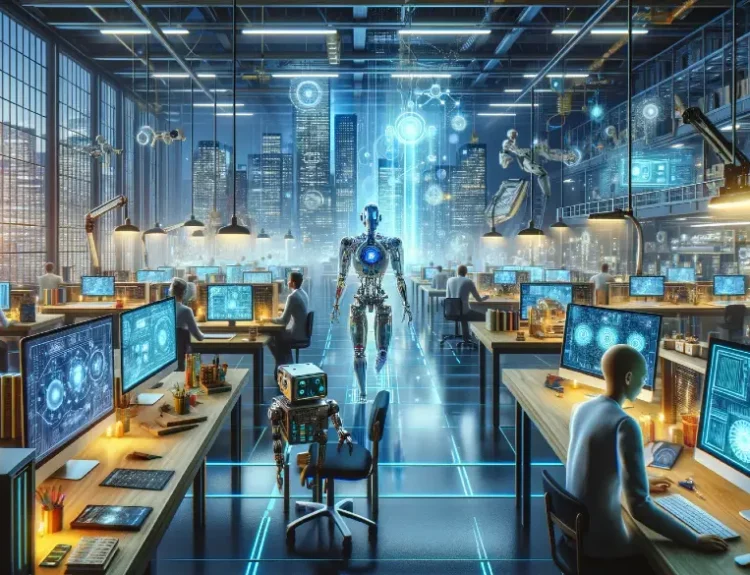Introduction
Imagine a world where you can conjure any image you can dream of, from a photorealistic portrait of a purple cat riding a bicycle on Mars to a swirling galaxy composed entirely of chocolate chip cookies. This isn’t science fiction – it’s the reality of AI image generation technology.
Artificial intelligence (AI) is rapidly transforming the way we create visuals. Gone are the days of limited design tools and painstaking manual editing. Today, with the help of AI algorithms, anyone can become a digital artist, churning out stunning images in seconds. This technology, also known as artificial intelligence in visual synthesis or AI-driven image creation, is revolutionizing fields like marketing, entertainment, and even science.
As we delve into this exciting realm, we’ll explore the evolution of AI image generation technology, its diverse applications, and the mind-blowing possibilities it holds for the future. We’ll uncover the innovations that are pushing the boundaries of AI-powered picture generation and discuss how this technology is shaping the landscape of digital imagery. Buckle up, because we’re about to embark on a journey beyond imagination.
The Rise of AI in Visual Creation
For decades, computer graphics have captivated audiences with stunning visuals in movies, video games, and animation. However, these creations often required meticulous human effort and specialized software. Traditional methods involved painstakingly crafting each scene, pixel by pixel, or relying on complex 3D modeling techniques. This often limited the speed and creativity of the visual design process.
Then came the dawn of AI-powered image creation. In the early 2010s, researchers began exploring the potential of artificial neural networks to generate visuals. These networks, inspired by the structure of the human brain, are trained on massive datasets of images and text. By analyzing these datasets, AI algorithms learn the underlying patterns and relationships between visual elements and their descriptions.
This learning process empowers AI systems to not only recognize existing images but also to create entirely new ones. Pioneering techniques like Generative Adversarial Networks (GANs) emerged, where two neural networks compete against each other – one generating images, the other trying to distinguish them from real photographs. This competitive training loop pushes the AI to produce increasingly realistic and detailed outputs.
The arrival of AI marked a turning point in visual creation. No longer were artists confined by the limitations of traditional tools. With AI, anyone could generate high-quality images simply by providing a text description. This democratized the design process, opening doors for a new wave of creativity and innovation.
Applications of AI Image Generation
The applications of AI image generation extend far beyond mere entertainment. This powerful technology is transforming various industries, injecting a dose of AI-powered creativity into diverse workflows. Let’s explore some of the exciting ways AI is reshaping visual content creation:
- Marketing & Design: Gone are the days of expensive photoshoots and stock photo limitations. AI image generation empowers marketers and designers to create unique and eye-catching visuals for advertisements, social media campaigns, and product mockups. Imagine crafting a customized social media post featuring a product image tailored to a specific audience, or generating a photorealistic mockup of a new packaging design – all within seconds.
- Media & Entertainment: The world of film, television, and video games is embracing AI image generation to streamline workflows and unleash creative possibilities. From generating concept art for characters and environments to creating stunning special effects, AI is accelerating the pre-production process. Additionally, AI can personalize content for individual viewers, tailoring visuals based on preferences. Imagine a movie poster that dynamically changes depending on the viewer’s location, showcasing local landmarks alongside the film’s stars.
- Science & Technology: AI image generation isn’t just about aesthetics; it’s also proving to be a valuable tool in scientific research. Scientists can leverage this technology to visualize complex data sets, transforming abstract numbers into clear and insightful images. For instance, AI can generate 3D models of molecules or create simulations of scientific phenomena, aiding researchers in understanding complex concepts and accelerating scientific discovery.
- Beyond the Obvious: The applications of AI image generation are constantly expanding. Architects are using AI to generate initial drafts of building designs, while fashion designers are exploring AI-powered fabric pattern creation. Even educators are finding ways to leverage AI to create interactive and engaging learning materials.
This is just a glimpse into the vast potential of AI image generation. As the technology continues to evolve, we can expect even more innovative applications to emerge across various industries, fundamentally changing the way we create and interact with visual content.
The Future of AI Image Generation
The future of AI image generation shimmers with exciting possibilities. As researchers continue to push the boundaries of this technology, we can expect to see advancements that will further revolutionize visual content creation. Here are some glimpses into what the future holds:
- Hyper-realism: Imagine AI-generated images indistinguishable from real photographs. Advancements in algorithms and training datasets will enable AI to capture the subtle details of light, texture, and material properties, blurring the line between reality and digital creation.
- Unparalleled Control: The future of AI image generation promises a user experience tailored to individual needs. Users will have granular control over the creative process, specifying everything from artistic styles and lighting effects to minute details within the image. This will empower creators to bring their unique visions to life with unprecedented precision.
- Integration with Creative Workflows: AI won’t replace human creativity; it will augment it. We can expect seamless integration of AI image generation tools with existing design and editing software. Artists will be able to leverage AI to generate initial concepts, refine existing images, or explore creative variations, streamlining their workflows and unlocking new avenues for artistic expression.
- Beyond Static Images: The future of AI image generation extends beyond static pictures. We can expect the emergence of tools that create dynamic visuals, like AI-powered video generation or the ability to animate AI-generated characters. This opens doors for even more immersive and interactive experiences across various fields.
However, the future of AI image generation isn’t without its challenges. Ethical considerations surrounding copyright, potential biases in AI algorithms, and the responsible use of this powerful technology will need to be addressed. As we move forward, it’s crucial to develop AI image generation tools that are not only powerful but also ethical and accessible to all.
Join the Verdict Community
Verdict is more than just another AI platform. We’re building a future where machine learning (ML) and artificial general intelligence (AGI) evolve through real-world interactions and the collective wisdom of our community.
Every search, chat, and shared result on Verdict contributes to building an AI that understands and grows alongside you. These interactions become building blocks, shaping the future of AI.
We invite you to join us on this collaborative journey. By joining the Verdict community, you’ll be playing a vital role in developing a responsible and diverse AI that reflects our collective experiences and knowledge.
Here’s how you can get involved:
- Visit our website: Learn more about Verdict and explore the different ways you can contribute.
- Sign up for our newsletter: Stay updated on the latest advancements in AI and the Verdict community.
- Join the conversation: Share your thoughts and ideas on our forum and social media channels.
Together, we can shape the future of AI and unlock its limitless potential.
Conclusion
The journey of AI image generation is far from over. As we’ve seen, this technology has already transformed the way we create visuals, and the future promises even more mind-blowing possibilities. From hyper-realistic images to seamless integration with creative workflows, AI is poised to revolutionize visual content creation across all industries.
Ready to delve deeper into the world of AI? Check out our blog page for more fascinating articles, such as:
- The Role of AI Computer Vision Engineers: Explore the fascinating world of AI engineers who help machines “see” and understand the visual world.
- AI Code Generators: Revolutionizing Software Development: Discover how AI is transforming the way we write code, making software development faster and more efficient.
These are just a few examples of the many exciting topics we cover. Stay tuned for more insightful and informative blog posts as we explore the ever-evolving landscape of artificial intelligence.
